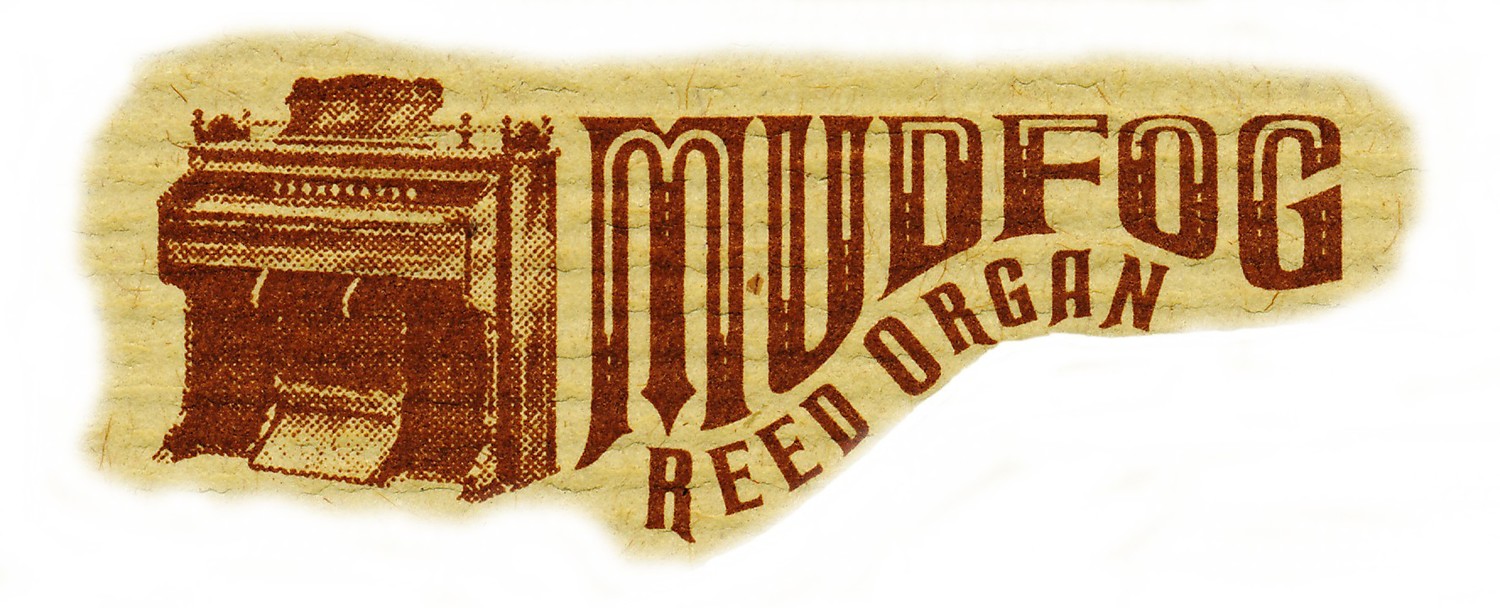Mudfog Reed Organ emerged from my experience with a J.F.Hughes
& Son reed organ my father gave to his father in 1950.
But
first, a detour: an amateur organ student at college, but thereafter living in
rural areas where getting to a practice instrument was difficult, I
wanted a pipe organ in my home. Eventually I acquired Möller Opus 7771--an
“Artiste” unit organ of two manuals and pedal. This organ had been in
the basement of Zion Congregational Church in Gilead CT when the church
burned. The organ was written off as a total loss, then dismantled and
removed to Maine by a parishioner. When this owner decided to give up on
his dream of mounting the instrument all over a barn wall somewhere,
sometime, I bought it for $125, and received it literally as a “basket
case”--boxes of pipes and parts; jars of screws, semi-detached wires,
and a pile of case parts--some partially delaminated. Fortunately, no
cleaning had been done during the dismantling, so by matching dusty
parts with non-dusty counterparts, I was able to reconstruct the
case, framework, etc. A length of wire served to test screw depth, and I
eyeballed the screw gauge, then picked the appropriate screw from the
collection jar.
A while into the project, I needed more guidance, so I spent some
time at the Möller factory in Hagerstown, MD, at the invitation of Peter
Möller Daniels. I was passed from department to department, foreman to foreman, learning how to
releather pouches, rebuild reservoirs, re-wire electro-pneumatic actions,
restore a keyboard, and use scotch or hot glue.
As I worked on this restoration in our small apartment, I fell in love with glue, felt, and leather; the color of shellacked wood; the sheer ingeniousness of the mechanism.
Background
